Inside Lionel Messi's Tattoo Collection: The Hidden Stories and Personal Meanings Behind Every Design
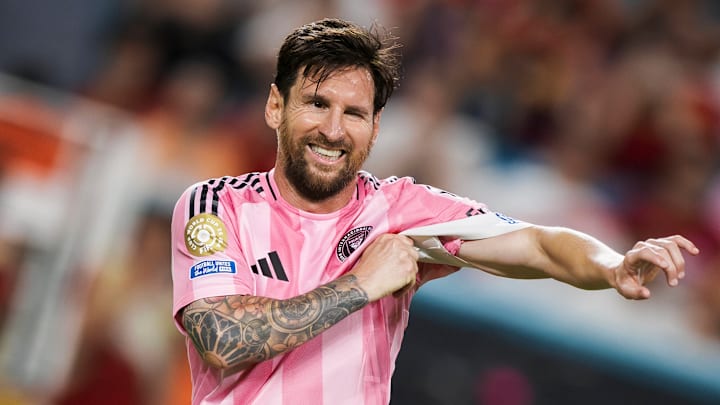
In today's professional soccer world, tattoos have become almost standard attire for players. From elaborate arm sleeves and chest artwork to comprehensive back designs, body art is omnipresent on football fields. Currently, it's more unusual to spot a elite player without tattoos than to find one displaying them.
Lionel Messi—commonly acknowledged as soccer's greatest player ever—follows this trend perfectly. True to his pioneering nature, he was actually among the early global icons to openly showcase extensive body art.
Throughout the years, his body ink has developed its own identity, motivating supporters worldwide and becoming integral to his legendary persona.
However, with numerous tattoos—each carrying deep personal significance—tracking them all becomes challenging, not to mention comprehending their individual meanings.
No need to worry—we've researched everything for you. Here's a comprehensive guide to Lionel Messi's body art, their significance, and the narratives behind his ink collection.
Messi's Leg Tattoos: Football, Family & Career Milestones
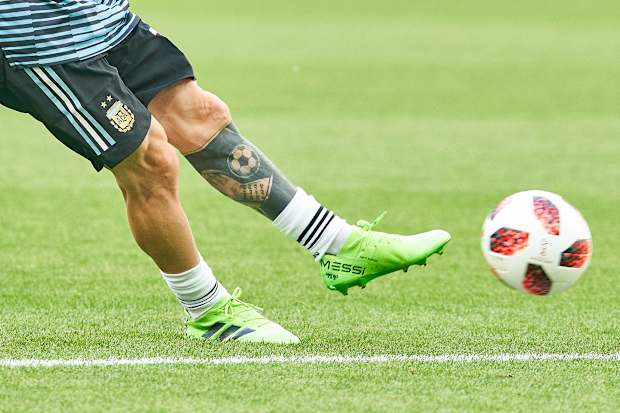
Messi's leg artwork represents arguably the most recognizable pieces in his complete collection.
His renowned left leg presents a visual narrative of evolution—both personally and professionally. The lower portion is now characterized by a dramatic solid black ink section, a bold artistic decision that conceals previous tattoos, including a blade, angelic wings, and a crimson rose.
Emerging through the blackout design are several meaningful symbols: the palm prints of his eldest son, Thiago, accompanied by his name. Just above, the number 10—honoring the legendary jersey he's donned for both team and nation—rests next to a football and above FC Barcelona's emblem, carved into his shin. Additionally, there's a 'Five of Cups' playing card.
Above his ankle on his right leg, Messi has inscribed the names and birth dates of all three sons: Thiago, Mateo, and Ciro—a proud and lasting homage to parenthood.
Right Arm Sleeve: Faith, Culture & Family Symbols
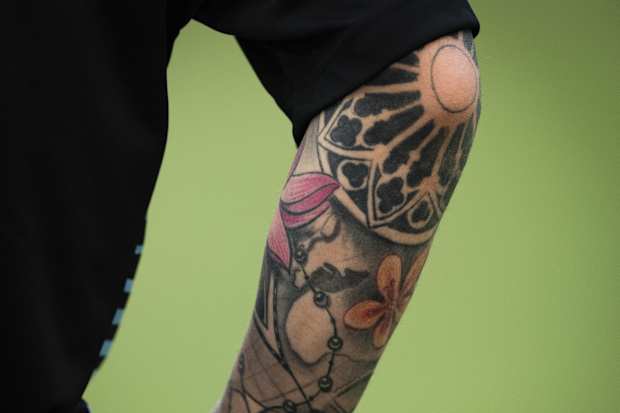
Similar to his leg, Messi's right arm features profoundly significant ink—every design honoring the individuals, convictions, and moments that have influenced him.
However, the sleeve wasn't created simultaneously. It was progressively developed across multiple years, transforming into an elaborate collection of symbolism. At his shoulder's peak sits a powerful depiction of Jesus Christ adorned with a thorn crown, clearly reflecting Messi's deep Christian beliefs.
On his bicep's interior is an eye, commonly thought to symbolize his spouse, Antonela Roccuzzo, next to a crown—a design she also bears tattooed in the identical location, creating it a mutual body art piece.
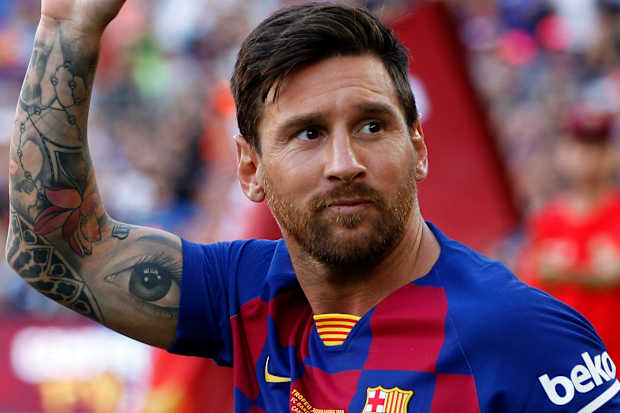
Lower on his arm, a rose window—possibly influenced by Barcelona's renowned Santa Maria del Pi church—covers his elbow. Encircling it are multiple colorful botanical designs, featuring a blooming crimson rose, a pink lotus, and orange flowers, all woven with rosary beads, combining spirituality, aesthetics, and dedication into one continuous artwork.
Finishing the sleeve is a traditional pocket timepiece, surrounded by intricate clockwork gears—a understated yet meaningful reminder of time's temporary nature, even for a sports icon.
Back Tattoo: A Tribute to His Mother
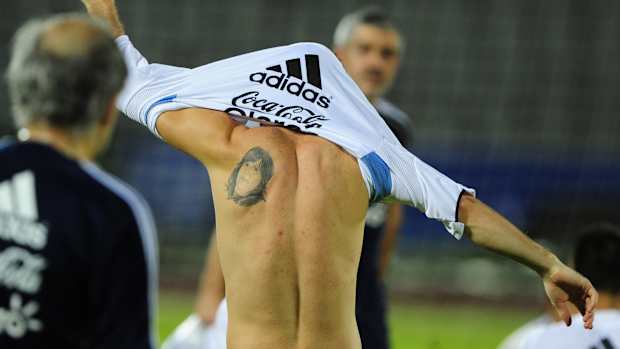
Among Messi's earliest and most sincere tattoos is his mother Celia's portrait, placed on his left shoulder blade. It's an appropriate honor—Celia has been crucial in his life and continues managing the Leo Messi Foundation, which assists disadvantaged children globally.
Regarding his torso's remainder, it stays largely unmarked. The sole additional tattoo is a small, barely noticeable pair of red lips on his left hip—another delicate, romantic reference to his spouse.
Does Messi Have a World Cup Tattoo?
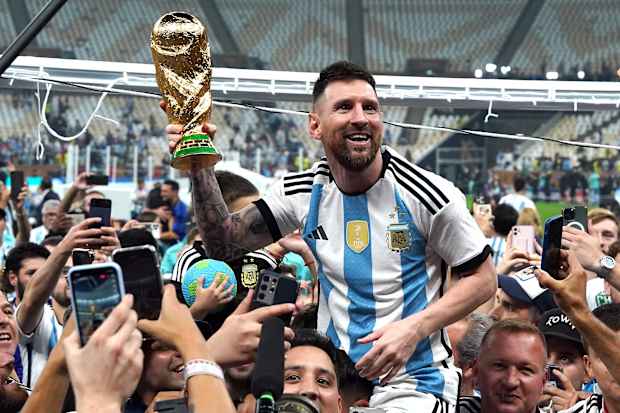
Among all of Messi's remarkable accomplishments, capturing the 2022 World Cup remains his greatest achievement. Surprisingly though, he lacks a dedicated tattoo celebrating this victory—at least, not obviously.
Nevertheless, soon after this success, Messi incorporated a subtle 'Five of Cups' tattoo on his left leg's front. This design—referencing a Spanish tarot card—contains multiple interpretive layers.
The number five carries personal importance for Messi: it was among his early jersey numbers, and it signifies his immediate family's five members. Most fascinatingly, the tattoo connects to a scene from the documentary Sean Eternos: Campeones de América, where Messi and teammates Di María, Lo Celso, Otamendi, Papu Gómez, and Agüero participated in a card game where Messi randomly selected the Five of Cups card—later interpreted as a victory omen.
After their Copa América victory against Brazil in 2021, multiple players from that squad chose to tattoo their cards in celebration—and this superstition extended into their World Cup confidence. For Messi, the Five of Cups transcends being merely a card; it symbolizes destiny achieved.
